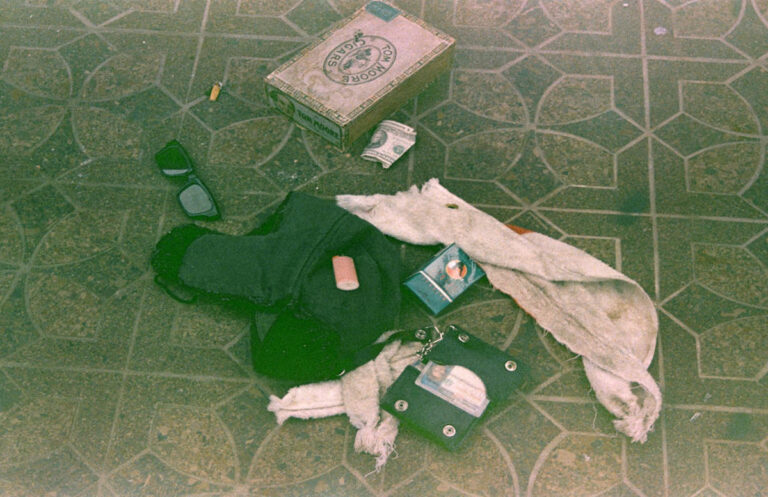The FBI just released the case files on Nirvana’s frontman Kurt Cobain’s death
In April, the Federal Bureau of Investigation (FBI) quietly released a 10-page report to ‘The Vault’, the FBI’s Freedom of Information Act library, on the 1994 death of Nirvana guitarist Kurt Cobain by suicide. The file contains letters asking the FBI to reopen its investigation into Cobain’s death, citing television documentaries and other speculative media. The letter writers’ names were changed. For decades, the government kept this file on all the conspiracy theories about the grunge icon’s death. Here’s exactly what’s in the newly released documents.
5 April marked the 27th anniversary of Cobain’s death. On the same day, an NFT of Cobain’s last photoshoot was put on the market, and Nirvana as a group was hit with a copyright infringement lawsuit for alleged unauthorised use of a 1949 illustration on their merch. As announced this week by Rolling Stone, “six strands of Cobain’s hair, cut in 1989, will be part of a rock-memorabilia auction.”
It’s safe to say that Nirvana has been making headlines again for different reasons. The FBI makes public some of its archives on politicians, entertainers, and other infamous names from time to time. And quietly last month it made its file on Cobain available for the first time.
“There has since been evidence found that he was killed and didn’t commit suicide, as originally thought,” said one letter. Another typed-out in September 2003, wrote, “Millions of fans around the world would like to see the inconsistencies surrounding the death cleared up for once and for all. It is sad to think that an injustice of this nature can be allowed in the United States.” That same letter also cites director Nick Broomfield’s Kurt & Courtney documentary as an example of similar scepticism.
The first letter mentioned above dates from 2007. “The police who took up the case were never very serious in investigating it as a murder but from the beginning insisted on it being a suicide,” it reads in part. “This bothers me the most because his killer is still out there.” The writer also cites so-called evidence (“there were no prints on the gun he supposedly shot himself with”) and claims that, in Cobain’s note, “he mentioned nothing about wanting to die except for the part of it that was in another handwriting and appeared to be added at the end.”
The FBI’s file also contained two responses from different officials at the Bureau sent to the authors of these conspiracy theories. “We appreciate your concern that Mr. Cobain may have been the victim of a homicide,” each reads. “However, most homicide investigations generally fall within the jurisdiction of state or local authorities.” The replies go on to say that “specific facts” about “a violation of federal law” would have to be presented for the Bureau to pursue, but based on these letters, “we are unable to identify any violation of federal law within the investigative jurisdiction of the FBI.” With that, the Bureau said it would be passing on pursuing any investigation.
The released pages also include something else that might revive Nirvana fans’ scepticism when it comes to the frontman’s death. Portions of a January 1997 fax sent to the Los Angeles and D.C. offices of the FBI from Cosgrove/Meurer Productions—the Los Angeles documentary company that’s home to the long-running Unsolved Mysteries series—include a one-paragraph summation of theories about the case. In this paragraph, “Tom Grant, a Los Angeles-based private investigator and former L.A. County Sheriff’s deputy” shares his suspicions that the suicide ruling was “a rush to judgment.” The fact sheet claims that Grant “has found a number of inconsistencies, including questions about the alleged suicide note,” which Grant believed was “a retirement letter to Cobain’s fans.” That same year, Unsolved Mysteries aired an episode addressing these theories.
Although Cobain’s file did not prove to be as absorbing as the Notorious B.I.G.’s or Robin Gibb’s of the Bee Gees, it will undoubtedly lead many Nirvana fans to go over Cobain’s death once more (just in case).






